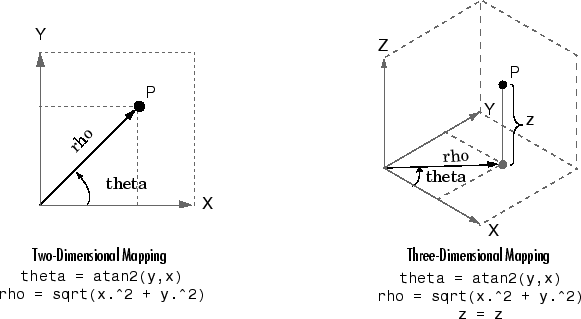
There are more than 4,000 coordinate systems in the ArcGIS platform, so it is likely you'll find one to match your data. The extent, location, and property you want to preserve must inform your choice of map projection. Some preserve shape, while others preserve distance. Since there is no perfect way to transpose a curved surface to a flat surface without some distortion, various map projections exist that provide different properties. Mathematical calculations are used to convert the coordinate system used on the curved surface of earth to one for a flat surface. ProjectionsĪ projection is the means by which you display the coordinate system and your data on a flat surface, such as a piece of paper or a digital screen. Ellipsoidal coordinate systems reference a mathematically derived spheroidal or ellipsoidal volumetric surface.ĭownload the list of supported geographic and vertical coordinate systems.


Gravity-based vertical coordinate systems reference a mean sea level calculation. Vertical coordinate systems are either gravity-based or ellipsoidal. Local coordinate systems are usually expressed in feet or meters.Ī geographic coordinate system measured in angular units is compared to a projected coordinate system measured in linear units. The false origin may or may not be aligned to a known real-world coordinate, but for the purpose of data capture, bearings and distances can be measured using the local coordinate system rather than global coordinates. Local coordinate systems are often used for large-scale (small area) mapping. Finally, some data may be expressed in a local coordinate system with a false origin (0, 0 or other values) in an arbitrary location that can be anywhere on earth. Linear measurements are used for the coordinates rather than angular degrees. Spatial data can also be expressed using projected coordinate systems (PCS). The location of data is expressed as positive or negative numbers: positive x- and y-values for north of the equator and east of the prime meridian, and negative values for south of the equator and west of the prime meridian. Geographic coordinate systems (GCS) typically have units in decimal degrees, measuring degrees of longitude (x-coordinates) and degrees of latitude (y-coordinates). You can determine which type of coordinate system your data uses by examining the layer's properties. Horizontal coordinate systems can be of three types: geographic, projected, or local. Horizontal coordinate systems locate data across the surface of the earth, and vertical coordinate systems locate the relative height or depth of data.

Coordinate systemsĭata is defined in both horizontal and vertical coordinate systems.

Identifying this measurement system is the first step to choosing a coordinate system that displays your data in its correct position in ArcGIS Pro, in relation to your other data. The coordinates can be specified in many different ways, such as decimal degrees, feet, meters, or kilometers any form of measurement can be used as a coordinate system. These numbers are part of a coordinate system that provides a frame of reference for your data, to locate features on the surface of the earth, to align your data relative to other data, to perform spatially accurate analysis, and to create maps.Īll spatial data is created in a coordinate system, whether it is points, lines, polygons, rasters, or annotation. Spatial data is similar, but it also includes numerical information that allows you to position it on earth. Data usually comprises an array of numbers.


 0 kommentar(er)
0 kommentar(er)
